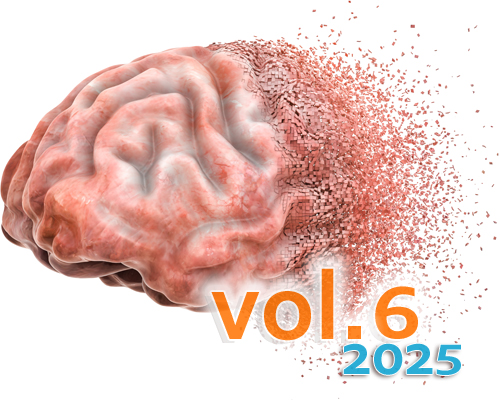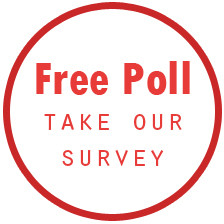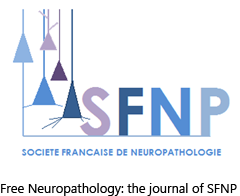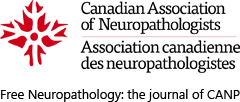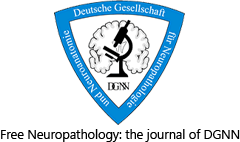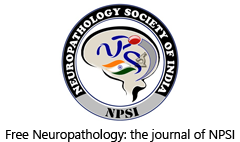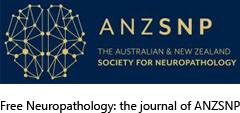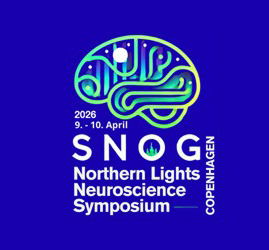Neuroinflammatory mechanisms may help identify candidate biomarkers in chronic traumatic encephalopathy (CTE)
DOI:
https://doi.org/10.17879/freeneuropathology-2025-6382Keywords:
Chronic traumatic encephalopathy, Repetitive head impacts, Traumatic brain injury, Inflammatory signature, Biomarkers, NeuroinflammationAbstract
Chronic traumatic encephalopathy (CTE) is a neurodegenerative disease that can only be diagnosed post-mortem via pathological autopsy. The primary risk factor for CTE is a history of repetitive head impacts (RHI) received through contact sports including American football, hockey or soccer, military-related head injuries, or intimate partner violence. Recent findings have demonstrated that neuroinflammation is a critical compo-nent of early CTE pathogenesis and is likely part of the mechanism driving disease onset and progression. Additionally, the innate specificity, or ‘signature’, of a neuroinflammatory response may function as a dis-ease-specific marker for various neurodegenerative conditions. This would suggest an enormous repository of novel CTE biomarker candidates to be added to ongoing clinical trials, helping bolster diagnosis. However, few studies have truly leveraged immune mediators as candidate CTE markers. In this review, we argue and provide support that inflammatory mechanisms could serve as a viable source for novel biomarkers that are specific to CTE pathol-ogy. This includes an evaluation of inflammatory or damage-related markers such as CCL11 (C-C Motif Chem-okine Ligand 11, also known as Eotaxin-1), CCL21 (C-C Motif Chemokine Ligand 21) and GFAP (Glial Fibrillary Acidic Protein). We discuss the neuroinflammatory responses that give rise to these biomarkers in addition to the advantages and limitations of using each to diagnose CTE with particular attention to sensitivity and specifici-ty. Although further research is necessary to validate immune mediators, the latter show promise as diagnos-tic biomarkers for CTE and may also eventually serve as therapeutic targets for mitigating chronic inflamma-tion in at-risk populations.
Metrics
Published
How to Cite
Issue
Section
License
Copyright (c) 2025 Guneet S. Bindra, Shaheryar Asad, Jean Shanaa, Forshing Lui, Andrew E. Budson, Katherine W. Turk, Jonathan D. Cherry

This work is licensed under a Creative Commons Attribution 4.0 International License.
Papers are published open access under the Creative Commons BY 4.0 license. This license lets others distribute, remix, adapt, and build upon your work, even commercially, as long as they credit you for the original creation. Data included in the article are made available under the CC0 1.0 Public Domain Dedication waiver, unless otherwise stated, meaning that all copyrights are waived.

